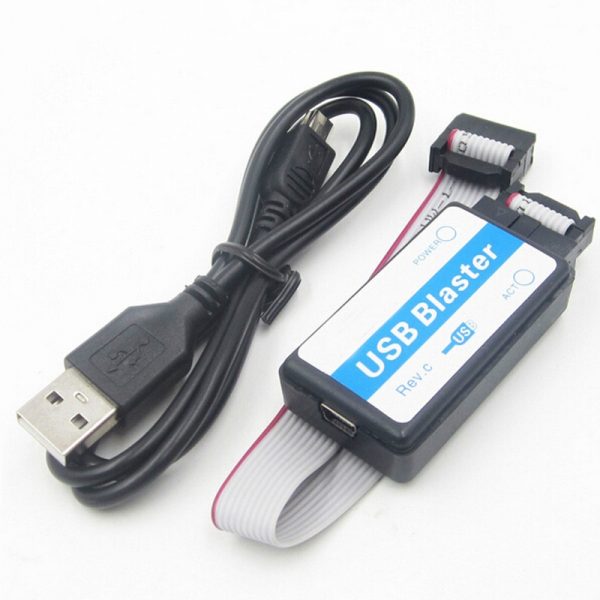Description
Description
The Arduino ESPLORA Joystick Photosensitive Sensor Board is a microcontroller board derive from the Arduino Leonardo. The Arduino ESPLORA Joystick Photosensitive Sensor Board differs from all preceding Arduino boards in that it provides a number of built-in; ready-to-use set of onboard sensors for interaction. It’s designed for people who want to get up and running with Arduino without having to learn about the electronics first. For a step-by-step introduction to the Esplora; check out the Getting Started with Esplora guide.
There are four status LEDs :
- ON [green] indicates whether the board is receiving power supply
- L [yellow] connect directly to the micro-controller, accessible through pin 13
- RX and TX [yellow] indicates the data being transmit or receive over the USB communication
The board contains everything need to support the microcontroller; simply connect it to a computer with a USB cable to get started. The Esplora has built-in USB communication; it can appear to a connect computer as a mouse or keyboard, in addition to a virtual (CDC) serial / COM port. This has other implications for the behavior of the board; these are detail on the getting started page. You can find all the information you need to configure your board, use the Arduino Software (IDE); and start to tinker with coding and electronics.
Memory :
Input and Output
The design of the Arduino ESPLORA Joystick Photosensitive Sensor Board recalls traditional gamepad design with an analog joystick on the left and four push buttons on the right. The Arduino ESPLORA Joystick Photosensitive Sensor Board has the following onboard inputs and outputs :
- Analog joystick with central push-button two axes (X and Y) and a center pushbutton.
- 4 push-buttons laid out in a diamond pattern.
- Linear potentiometer slider near the bottom of the board.
- Microphone for getting the loudness (amplitude) of the surrounding environment.
- Light sensor for getting the brightness.
- Temperature sensor reads the ambient temperature.
- Three-axis accelerometer measures the board’s relation to gravity on three axes (X, Y, and Z).
- Buzzer can produce square-waves.
- RGB led bright LED with Red Green and Blue elements for color mixing.
- 2 TinkerKit Inputs to connect the TinkerKit sensor modules with the 3-pin connectors.
- 2 TinkerKit Outputs to connect the TinkerKit actuator modules with the 3-pin connectors.
- TFT display connector connector for an optional color LCD screen; SD card, or other devices that use the SPI protocol.
In order to utilize the total number of available sensors, the board uses an analog multiplexer. This means a single analog input of the microcontroller is shared among all the input channels (except the 3-axis accelerometer). Four additional microcontroller pins choose which channel to read.
USB Overcurrent Protection :
Physical Characteristics :
Specifications and Features :
| Microcontroller | ATmega32u4 |
| Operating Voltage | 5V |
| Flash Memory | 32 KB of which 4 KB used by bootloader |
| SRAM | 2.5 KB |
| EEPROM | 1 KB |
| Clock Speed | 16 MHz |
| Lenght | 164.04 mm |
| Width | 60 mm |
| Weight | 53 g |
Package Includes :
















Reviews
There are no reviews yet.